What is style transfer? Style transfer is a
machine learning technique to transfer the style of one datum onto another.
Truth in advertising this time. I will be looking at image style transfer
specifically. The techniques is a few years old now. I can remember when I first
saw the paper's results I thought ... magic!
The process used below follows the seminal paper
Image Style Transfer Using Convolutional Neural Networks
which uses the pre-trained VGG19 Imagenet model. The PyTorch implementation was
taken liberally from the Style Transfer section of the Udacity Deep Learning
Nanodegree Program. I had planned to go into more detail about the paper and
implementation approach but this post is already long enough just with the
results so that will be deferred to a possible future post.
I used a fixed picture for the content image
throughout and varied the style image.
I chose a picture of my eldest daughter sleeping for the content image: tell me
that's not the picture of an angel ensconced in a cloud-like comforter?

All appreciation in advance for not making her the transfer learning
Lenna!
Jean Henri Gaston Giraud was a French artist
that achieved great acclaim under the Mœbius pseudonym.
The first two examples are from the fantastic
and surreal comic artist Mœbius.
The first example came out pretty well and trippy: a lot like his originals. The
vibrant shades of purple really pop.

 First one from Moebius. This is one of a series of fantasy prints from a
collection called Mystere of Montrouge (this one is plate 10).
First one from Moebius. This is one of a series of fantasy prints from a
collection called Mystere of Montrouge (this one is plate 10).
A second example by the same artist; again, pretty good and trippy. Arguably a
better result as the comforter looks like a natural fit for transferring the
mountains and waterfalls to the content image.

 Another by Moebius. This one was done for the famous brand Hermès, who was
releasing a new perfume and asked him if he could do some artwork on the theme
of Hermès Voyages.
Another by Moebius. This one was done for the famous brand Hermès, who was
releasing a new perfume and asked him if he could do some artwork on the theme
of Hermès Voyages.
I think there were a couple different aspects that made these style images work
particularly well with the content image. First, the style image used bright,
vibrant colors: as we will see further on, style images dominated with darker
colors produced worse results. Second, since the style image was an illustration
with very precise underlying line art the subsequent transfer of style seemed to
be more intricate as well. Most of the style images below that are dominated by
larger blobs of color (e.g., Rothko) did produce as pleasing a result.
The next two use the style from two pieces by
Piet Mondrain.
Pieter Cornelis Mondriaan was a Dutch painter who is
regarded as one of the greatest artists of the 20th century.
Not so long ago I participated in an art class to make a fused glass creation
and this is what I came up with.
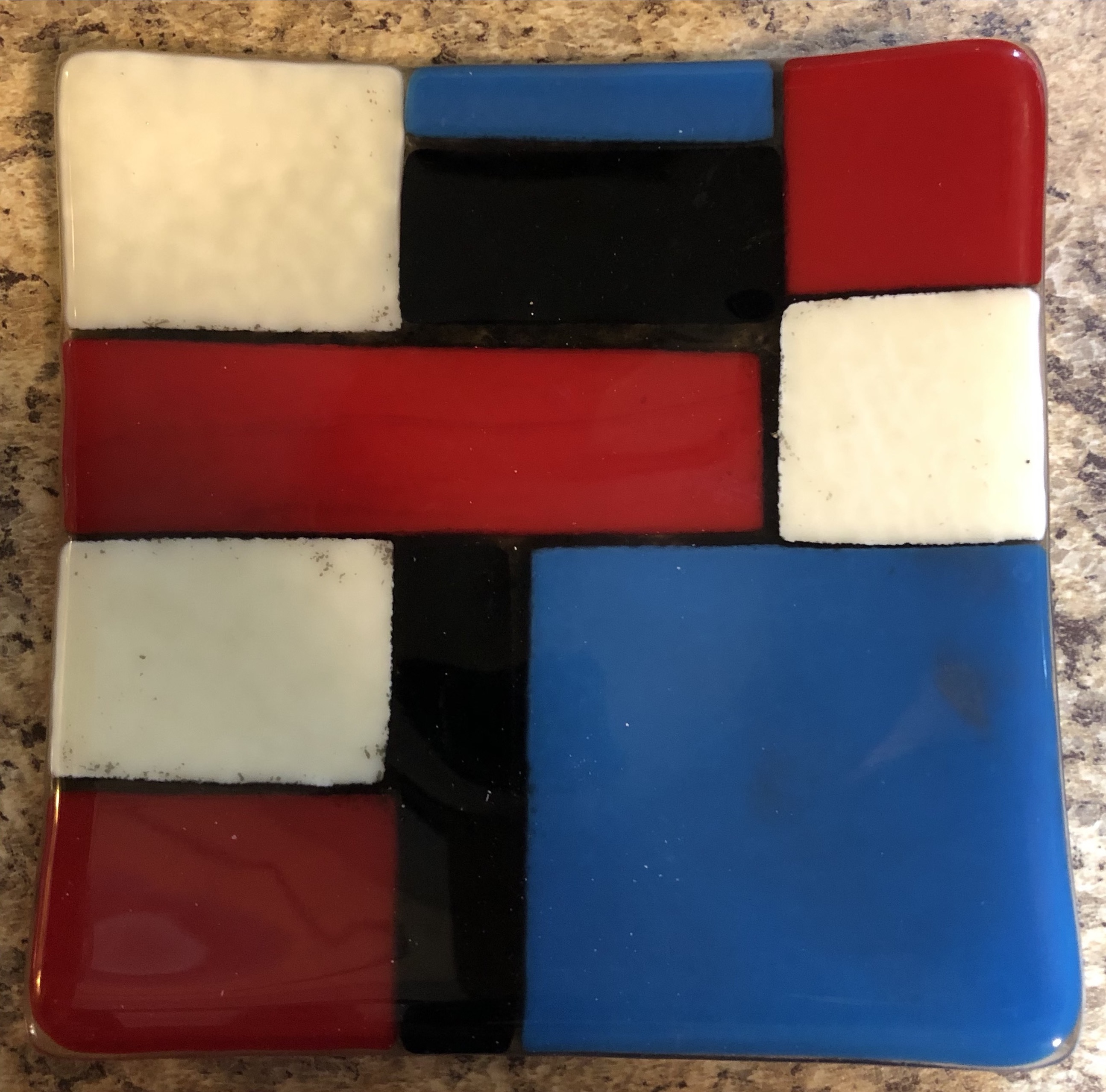
When the instructor came around and mentioned my creation was very
Mondrain-esque poor confused me just smiled and nodded. I later found out what
she meant and I have to agree it is quite uncanny.
The first one is a little busier than many of his other works but has a nice
aesthetic.


Tableau No. 2/Composition No. VII by Piet Mondrian.
The second one is probably much more representative of what most folks think of
when they picture Mondrian's artwork.
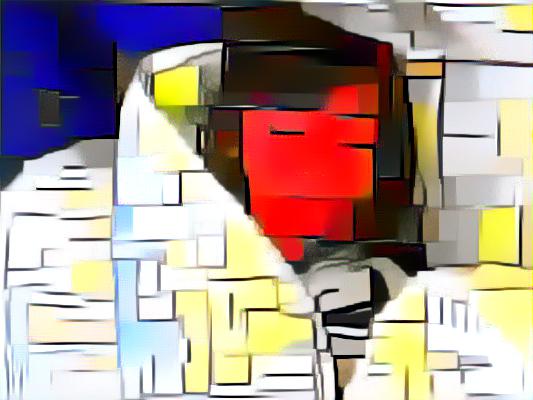
 It looks like Mondrain made a ton of similar looking pieces under the
umbrella of Composition. I spent very little time looking for the one I
used here before giving up.
It looks like Mondrain made a ton of similar looking pieces under the
umbrella of Composition. I spent very little time looking for the one I
used here before giving up.
I actually was pleased with the results here although when I showed them to my
wife she did not care for them. For these styles being being so abstract I was
not sure what exactly to expect. In the two cases I think the first one was
trained just about right whereas the second one might have had a better result
if trained for less epochs.
Gustav Klimt was an Austrian symbolist painter.
Next up is a painting by Gustav Klimt of a flower garden that I thought would
produce a nice style effect.
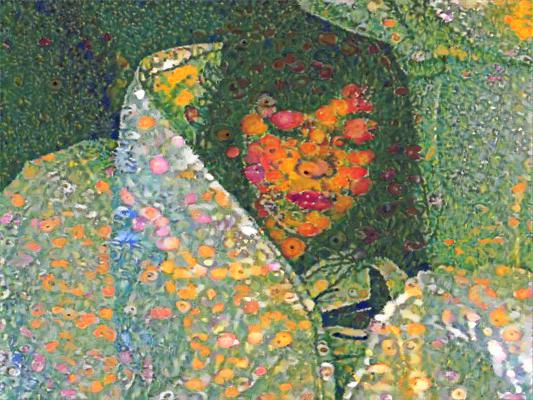
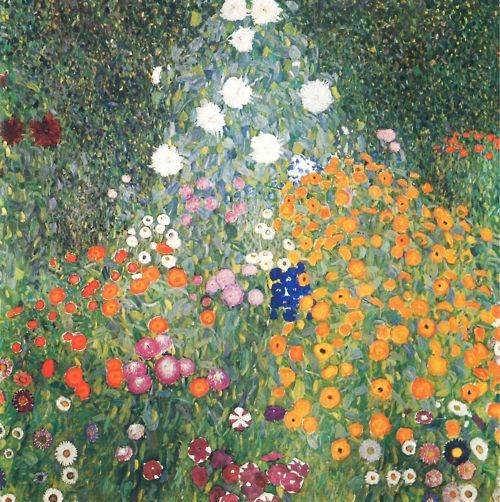
Blumengarten (Flower Garden) by Gustav Klimt.
My wife did like this one and it is not that I dislike it as much as it almost
looks to me like she has either boils or bad poison ivy on her face. To each
their own on that one. It is not an altogether unpleasant effect. One thing to
note is that the presence of all the circular flower patterns in the style image
transfer fairly literally to the content image.
I know Jackson Pollock is viewed as a divisive
figure in the art world but I have always enjoyed his work without thinking
about whether a four year-old could produce the same effect given a canvas,
buckets of random paint colors, and a couple brushes.
I thought his unique style might be a good fit for style transfer and I picked a
representative work to try out.

 Nice looking painting called Convergence by Jackson Pollock.
Nice looking painting called Convergence by Jackson Pollock.
Was not terribly impressed with the results here. Maybe a different work or more
training epochs could have improved the result.
René François Ghislain Magritte was a Belgian Surrealist artist.
My wife and I are both huge fan of René Magritte
and his surrealist art. In our home we have two of his works up on the walls.
My wife is partial to his Le fils de l'homme (The Son of Man),
which is great, but I have always had a soft spot for the cerebral La trahison des images
(The Treachery of Images).

 For those that are not already familiar.
For those that are not already familiar.
I love this quote
When Magritte was once asked about La trahison des images, he replied that
of course it was not a pipe, just try to fill it with tobacco.
However, for style transfer I did not think either were particularly good
choices. I chose a work I was not very familiar with but was very stylized from
his earlier works

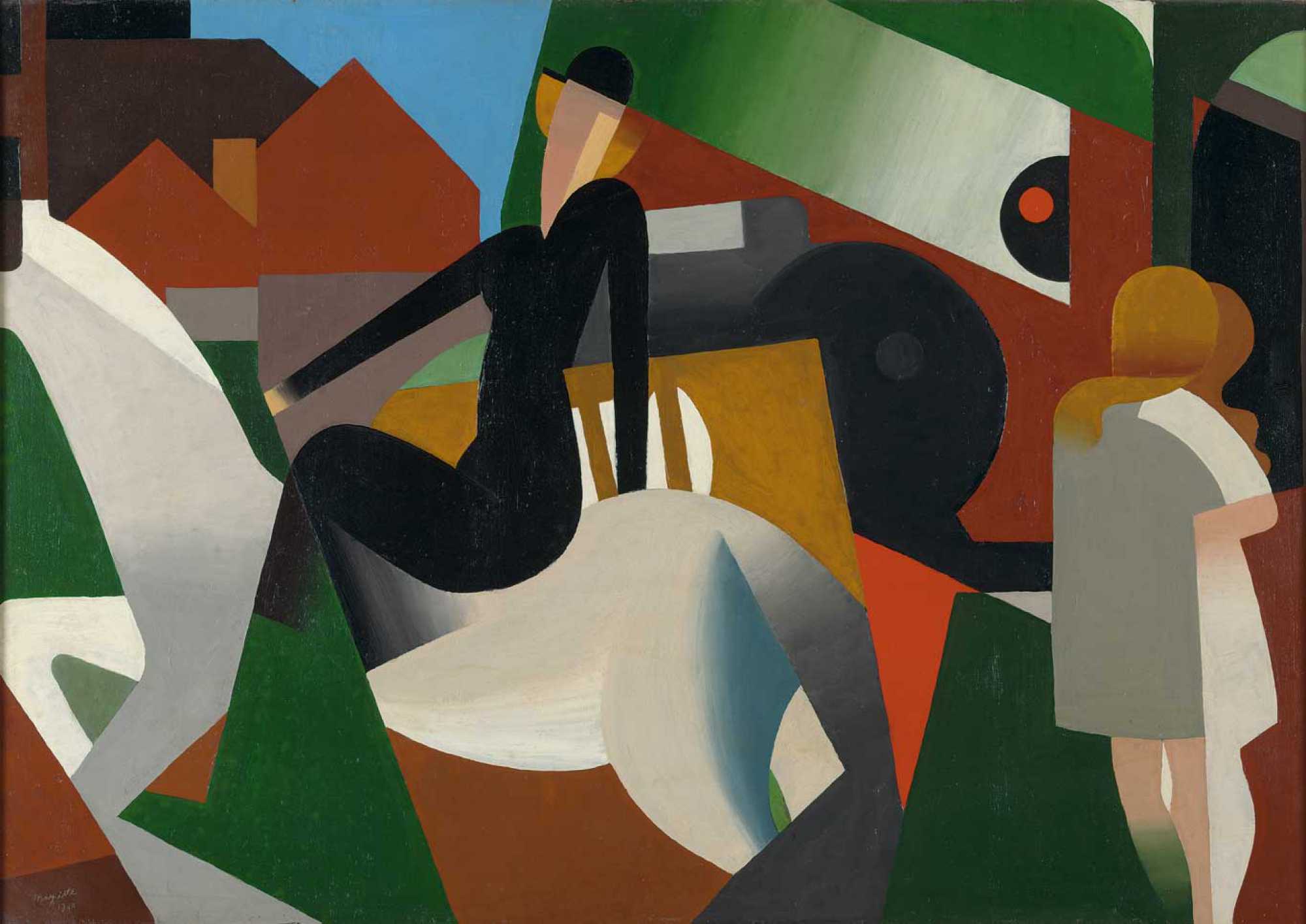 L’écuyère (Woman on horseback) by René Magritte. It was hard to find a good
citation for this one for some reason.
L’écuyère (Woman on horseback) by René Magritte. It was hard to find a good
citation for this one for some reason.
My assessment is an okay. The blocky colors in the style image led to a muddled
transfer to the content. Not awful and maybe training for less epochs would have
improved the situation but midland at best in comparison to the rest of the
results.
Henri Émile Benoît Matisse was a French artist, known
for both his use of color and his fluid and original style.
I am not a huge fan of Matisse in general but I
was on the hunt for cool looking styles and I thought I had found one by him.
For this I chose what some consider his masterpiece
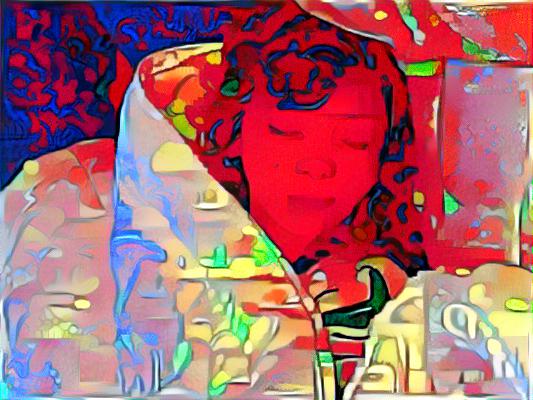
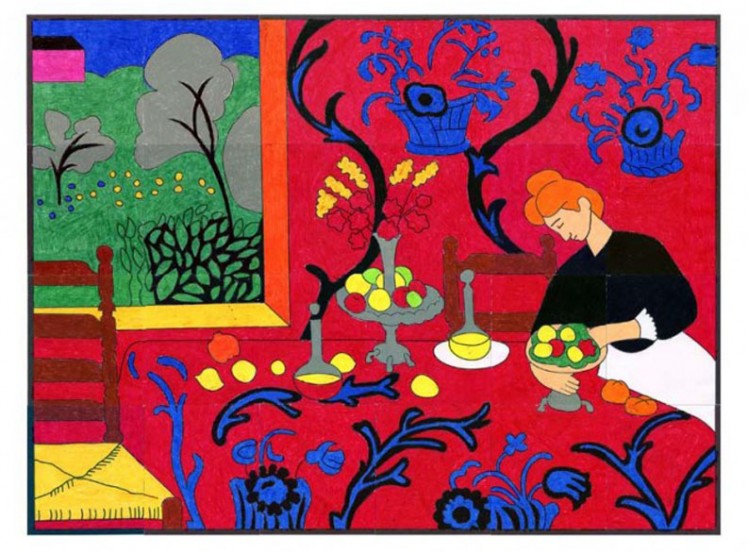 The Dessert: Harmony in Red (The Red Room) by Henri Matisse.
The Dessert: Harmony in Red (The Red Room) by Henri Matisse.
For example, if I were going to spend more time to
improve the result here I might try to apply an image filter to desaturate the
style image.
The red steamrolled the transfer, and I do not think there is much that could be
done to fix this situation without modifying the style image itself.
Georgia Totto O'Keeffe was an American artist known for
her paintings of enlarged flowers, New York skyscrapers, and New Mexico
landscapes.
I know very little about Georgia O'Keeffe but I
happened upon a couple of works of flowers that I thought might be good choices
for style transfer.
This one was very pleasant with light color tones of whites and greens so based
on prior experience it seemed like a good bet

 An Orchid by Georgia O'Keeffe.
An Orchid by Georgia O'Keeffe.
I like this one. It is not perfect, but it is pretty. Not sure if there's a way
to just transfer the color information but that might have led to a better
result in this case since the flower morphology does not add much when
transferred to the aesthetic.
Mark Rothko was an American painter generally
identified as an abstract expressionist.
Mark Rothko is another artist I have always
found paintings somehow pleasing even if I could not articulate what exactly
about the work it was that I liked. Another divisive art world figure I suppose.
Picked one I guessed would be good for style transfer.
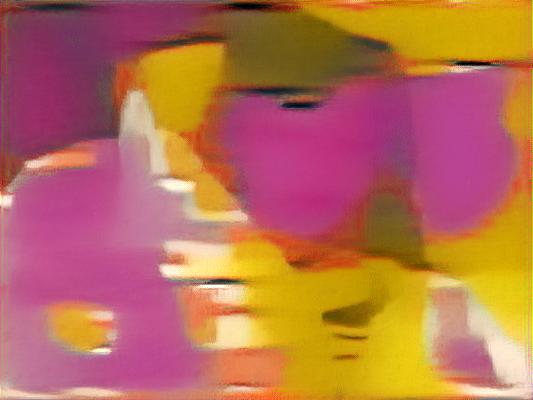
 White Center (Yellow, Pink and Lavender on Rose) by Mark Rothko.
White Center (Yellow, Pink and Lavender on Rose) by Mark Rothko.
The results were pretty bad but somewhat predictable in hindsight. Not sure this
could be made to work much better given my newly found appreciation for what
does and does not work well in the realm of image style transfer at least with
the knob I know how to turn.
Far from leaving the best for last, is my final
attempt at style transfer for this post.
Wassily Wassilyevich Kandinsky was a Russian painter generally credited as the
pioneer of abstract art.
This one from Kandinsky look promising at the time I was collecting style
images.

 Several Circles by Wassily Kandinsky.
Several Circles by Wassily Kandinsky.
The result is less than awesome although it has grown on me a little. Too much
black in the style image or too many training epochs.
Perhaps tuning, lessons learned, or alternative models.
I did collect many more style images during the
exploration phase of writing this post so I may get around to writing a
follow-up post at some point spending a little more time on aspects that were
not discussed in any great detail. All in all, this was a pretty fun experiment
with some cool output that I would not mind revisiting in the future.
 Yargs be a node.js library fer hearties tryin' ter parse optstrings. Love the whimsy ...
The cli/imgscrape-cli.js parses setups up the CLI interface, parses the command line
options, and calls the scrapeImages function lib/scrapeImages using the yargs package. I had not
used yargs before and ended up pleased with it. It supported subcommands, detailed options specifications, example of
commands, aliases for long and short style options, and a couple other niceties. The API supports method chaining which
I also liked.
Yargs be a node.js library fer hearties tryin' ter parse optstrings. Love the whimsy ...
The cli/imgscrape-cli.js parses setups up the CLI interface, parses the command line
options, and calls the scrapeImages function lib/scrapeImages using the yargs package. I had not
used yargs before and ended up pleased with it. It supported subcommands, detailed options specifications, example of
commands, aliases for long and short style options, and a couple other niceties. The API supports method chaining which
I also liked.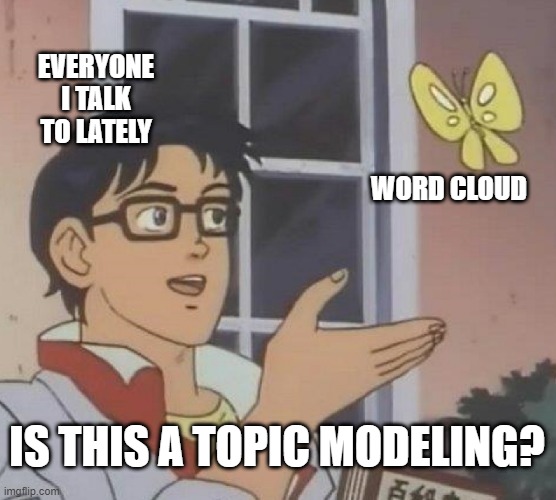
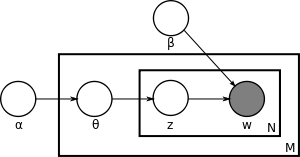
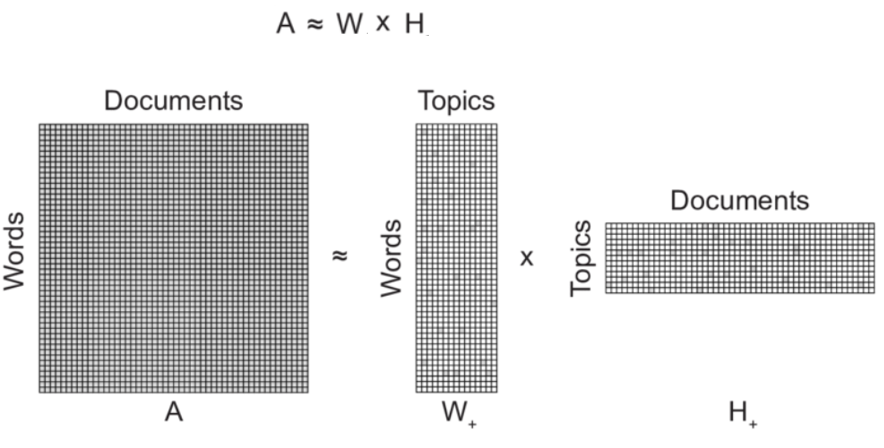
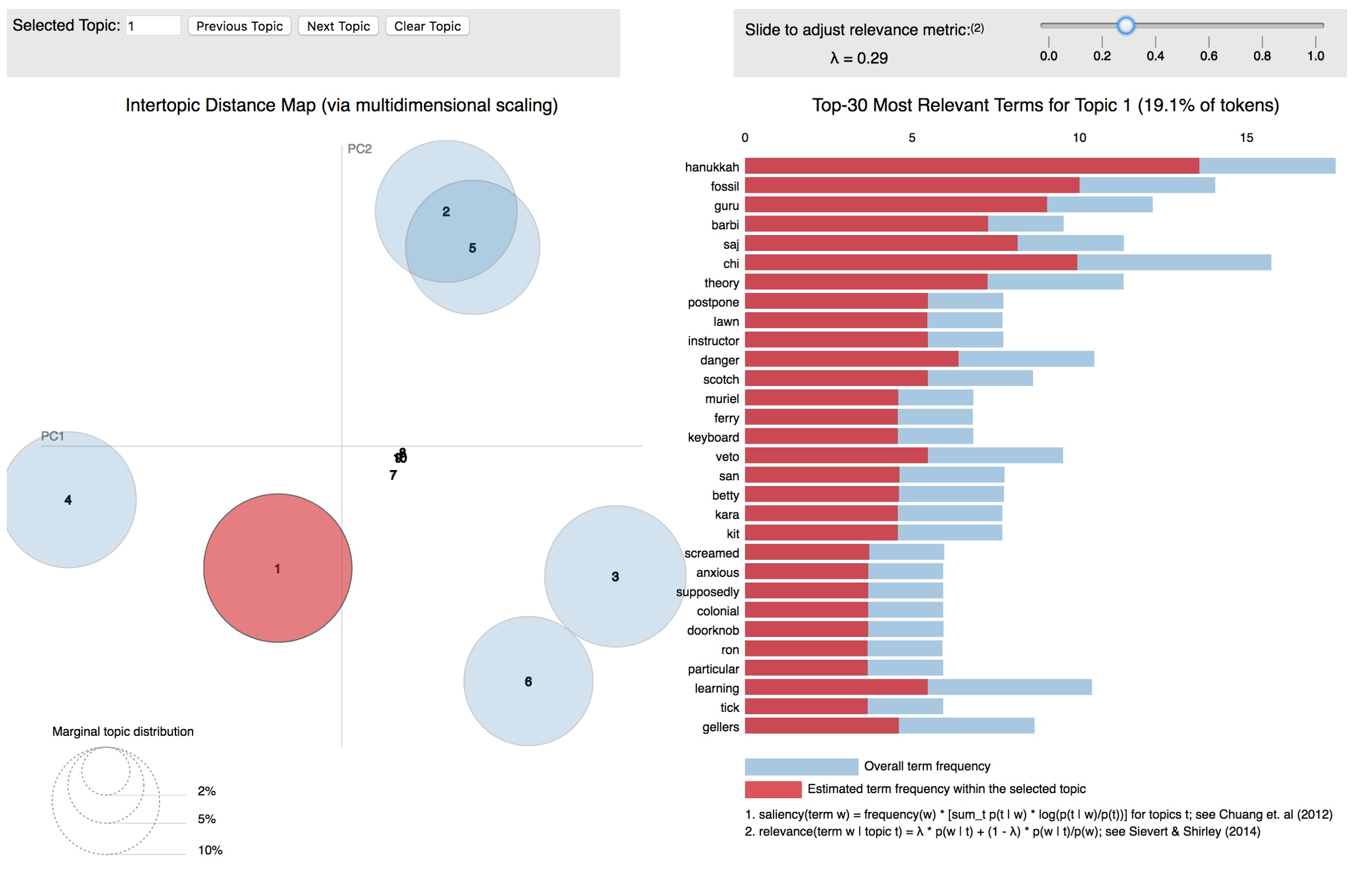


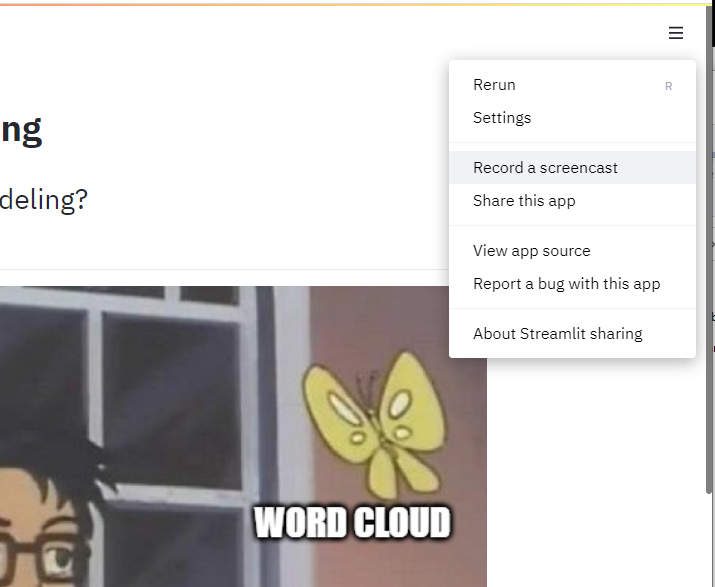
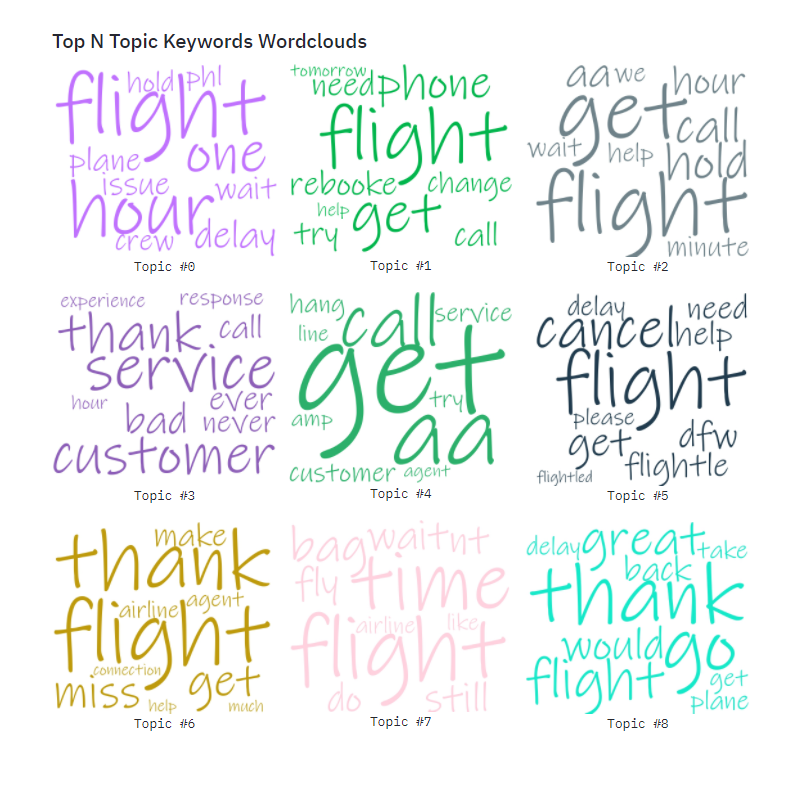



 First one from Moebius. This is one of a series of fantasy prints from a
collection called Mystere of Montrouge (this one is plate 10).
First one from Moebius. This is one of a series of fantasy prints from a
collection called Mystere of Montrouge (this one is plate 10).
 Another by Moebius. This one was done for the famous brand Hermès, who was
releasing a new perfume and asked him if he could do some artwork on the theme
of Hermès Voyages.
Another by Moebius. This one was done for the famous brand Hermès, who was
releasing a new perfume and asked him if he could do some artwork on the theme
of Hermès Voyages.



 It looks like Mondrain made a ton of similar looking pieces under the
umbrella of Composition. I spent very little time looking for the one I
used here before giving up.
It looks like Mondrain made a ton of similar looking pieces under the
umbrella of Composition. I spent very little time looking for the one I
used here before giving up.



 Nice looking painting called Convergence by Jackson Pollock.
Nice looking painting called Convergence by Jackson Pollock.
 For those that are not already familiar.
For those that are not already familiar.

 L’écuyère (Woman on horseback) by René Magritte. It was hard to find a good
citation for this one for some reason.
L’écuyère (Woman on horseback) by René Magritte. It was hard to find a good
citation for this one for some reason.

 The Dessert: Harmony in Red (The Red Room) by Henri Matisse.
The Dessert: Harmony in Red (The Red Room) by Henri Matisse.
 An Orchid by Georgia O'Keeffe.
An Orchid by Georgia O'Keeffe.
 White Center (Yellow, Pink and Lavender on Rose) by Mark Rothko.
White Center (Yellow, Pink and Lavender on Rose) by Mark Rothko.
 Several Circles by Wassily Kandinsky.
Several Circles by Wassily Kandinsky.